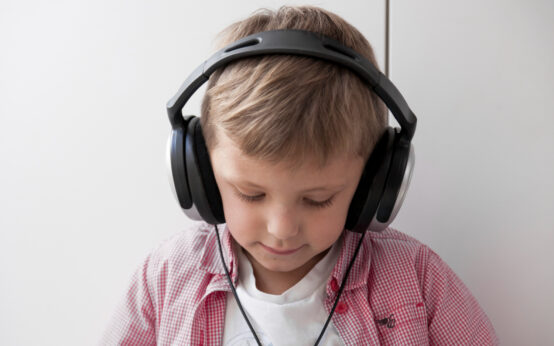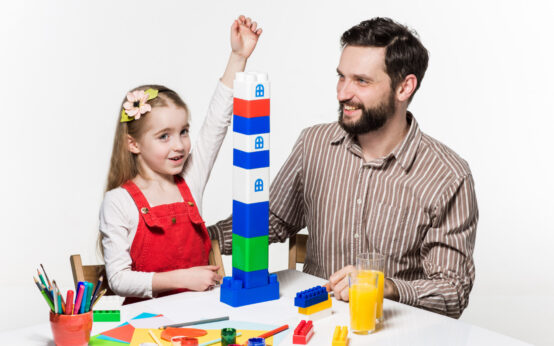Introduction
Autism Spectrum Disorder (ASD) is a multifaceted developmental condition impacting communication, social interaction, and behavior. Despite increased awareness, several misconceptions persist, leading to confusion and misinformation. In this article, we will dispel five commonly held myths about autism, drawing on both scientific evidence and personal narratives to enhance understanding.
Myth #1: Vaccines cause autism
A persistent yet debunked myths about autism erroneously connects vaccines, notably the MMR vaccine, to autism. Stemming from a flawed 1998 study, subsequent and extensive research has thoroughly discredited this claim. The Centers for Disease Control and Prevention (CDC) unequivocally asserts that there is no scientific evidence supporting any link between vaccines and autism. This article underscores the critical importance of vaccination as a crucial tool in preventing life-threatening illnesses. It also emphasizes the overwhelming scientific consensus that vaccines are safe and vital for public health.

Myth #2: Individuals with autism lack empathy
Contrary to prevailing beliefs, individuals with autism are capable of experiencing and expressing empathy. The challenges they face primarily revolve around recognizing and interpreting others’ emotions. Insights from research shed light on the nuanced nature of empathy in individuals with autism. It emphasizes the importance of understanding their unique ways of processing emotions and fostering a more inclusive perspective on their emotional capacities.

Unravel the misunderstandings, reveal the truth—Demystifying autism breaks down barriers of misconception, dispelling myths step by step.
Dr. Stephen Shore
Myth #3: All individuals with autism have special talents
Discrediting the misconception that all individuals with autism inherently harbor extraordinary talents, the article underscores the diverse range of interests and abilities within the autism spectrum. While some may showcase exceptional skills, others may encounter challenges in various areas. This nuanced perspective seeks to foster a more accurate and comprehensive understanding of the capabilities of individuals with autism, dismantling stereotypes and acknowledging the spectrum’s inherent diversity in strengths and challenges.

Myth #4: Autistic individuals are incapable of living autonomously.
Countering the stereotype that individuals with autism are incapable of independent living. The article underscores that, with the right support and resources, many can lead profoundly fulfilling lives. Incorporating therapies, vocational training, and community resources tailored to enhance independence and self-confidence, individuals with autism can navigate and contribute to society autonomously. By challenging misconceptions and promoting inclusive practices, society can better recognize and harness the potential for independence and personal growth in those with autism.

Myth #5: Individuals with autism are unable to form meaningful relationships
Dispelling the misconception that individuals with autism face insurmountable challenges in forming connections. The article delves into the complexities of social interaction for some on the spectrum. It emphasizes their capacity for cultivating friendships and romantic relationships. It is shedding light on the unique perspectives individuals with autism bring to various types of relationships. By challenging stereotypes and promoting a more nuanced understanding of social dynamics for those with autism, the article aims to foster inclusivity and appreciation for the diverse ways individuals can engage and contribute to meaningful connections.

Conclusion
In conclusion, the article underscores the significance of understanding and accepting individuals with autism for who they are. With appropriate assistance, people with autism can flourish, contributing significantly to society through their valuable contributions. The call to action advocates for ongoing education and efforts to foster a more inclusive and accepting society for individuals with autism and their families.







